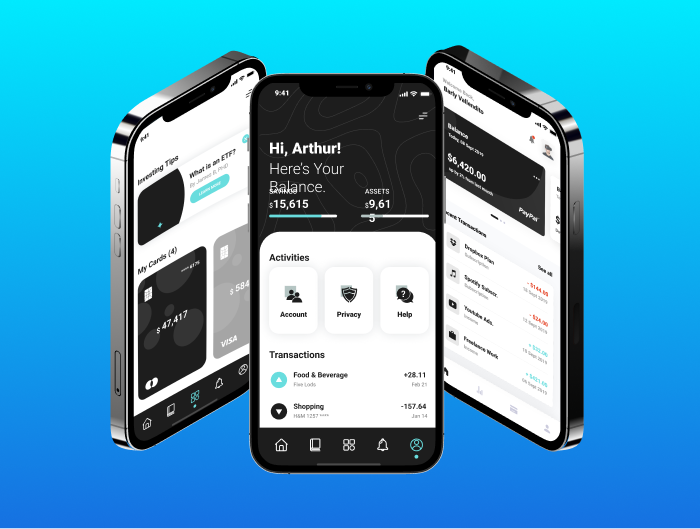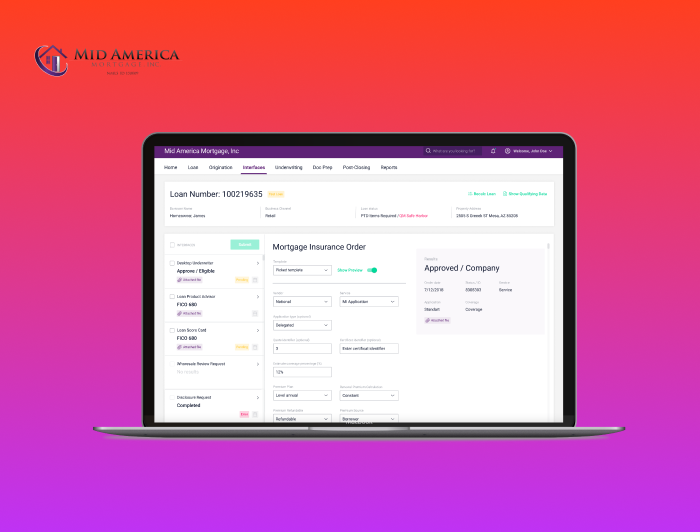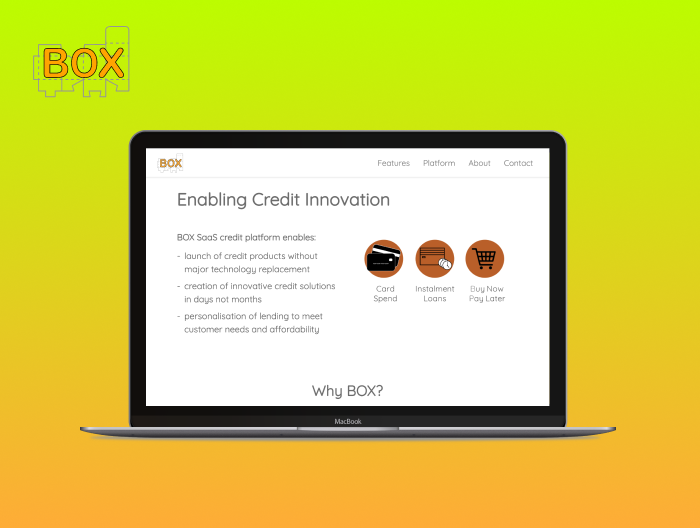
Banking API Providers
According to Allied Market Research, the global open banking market is expected to reach $123 billion by 2031. It offers banking API providers a lot of leverage, considering this market is worth $14 billion. A rising number of people are using fintech services linked to open banking. Statista indicates there will be about 63.8 million open banking users by 2024, compared to 12.2 million in 2020.
The evidence above shows the open banking market will rise, and more people will use it. Essentially, it means more and more banks will look for software development companies that can provide high-quality open banking services. Keeping that in mind, let’s dive deeper into the open banking API phenomenon, explore its driving factors, and mention some notable banking API providers.
What Is a Banking API Provider?
In short, open banking API providers are businesses offering third-party access to various banking services, most often bank accounts. Moreover, these companies provide clients with APIs to ensure access to open banking technology. In addition, API for banking data should come toe-to-toe with the user’s consent. As a result, while banking API companies facilitate clients’ links to bank accounts via different financial institutions, only users have access to the account.
Security Rules for Banking API Providers
At this point, you can see that security and data protection are significant factors in open banking. Therefore, Fintech API companies must adhere to the highest standards to ensure the client’s data is encrypted and protected from unauthorized access.
When Payment Services Directive 2015/2036 (PSD2) was introduced, it became vital for banking API providers to ensure compliance with particular regulations linked to any given payment service. At this point, the directive brought one of the staples of open banking security – client authentication principles. These are also known as Strong Customer Authentication (SCA).
In a nutshell, SCA focuses on two key objectives. First, it should reduce fraud in payment services. Second, it should make online transactions more secure. When achieving its goals, SCA focused on two-factor authentication (2FA) instruments. Essentially, to access an account, a user needs to provide two independent from one another pieces of specific data that can confirm the user’s identity: it can be some biometric information like a fingerprint, a PIN code, or some action on a smartphone.
As a result, banking API providers were tasked to implement particular security principles and measures to minimize the chance of unauthorized access and grant tools for accurate user identification. Beyond the security aspect, some additional factors drive API-based open banking.
Factors Driving Banking API Providers
To drive banking data API, it is crucial to present certain conditions. Essentially, APIs are great for implementing business-based digital transformation. Notably, about 58% of businesses operating in fintech reported participating in the API economy. The emergence of digital and virtual banks is one of the representations of such a trend. What makes API so important? Let’s focus on four particular aspects:
- Openness. Banking data API enables a team to expand while modernizing operations. With this tool, companies get an opportunity to target various eternal partners and develop their information systems.
- Efficiency. With the factor of efficiency at play, APIs implemented in open banking grant new modes of architecture optimization. In short, businesses use customer data across channels while keeping it secure through encryption.
- Platform. Open banking providers with API can act as intermediaries in different links and connections. They go beyond being simple service providers. It allows them to tap into values like trust.
- This factor allows the integration of APIs into a broader ecosystem. Companies can take their products and services across different challenges, something API grants. Businesses can use online payment tools and access multiple third-party applications. It makes product distribution easier.
At this point, openness, efficiency, platform, and product drive open banking APIs. These aspects are the ones making the phenomenon so promising and engaging.
Important Banking API Providers
At this point, we know why Fintech API companies invest in open banking in addition to some other top trends in the industry. Moreover, we understand what drives the technology and why it is vital to take care of security when appealing to banking APIs. Now, it is time to focus on some notable open banking API providers in the industry.
- Platformable. The founder of this open banking API provider, Mark Boyd, translated his extensive industry experience into specific value-based services. In the Open Banking APIs State of the Market Report 2022, the provider argues on the importance of compliance and suggests how open banking can help address issues related to external events, like COVID-19, and internal events, for instance market recession.
- A significant investment banking company, namely Citigroup, managed to offer its distinct open banking API provider. CitiConnect API is the company’s instrument to process over one billion API calls across different channels. It is an example of how the factor of products can be used to offer services at a broader scale. Most notably, the surge in API calls was during the COVID-19 pandemic. It shows open banking API is an excellent tool for boosting operational efficiency through a scope of greater interoperability.
- One should mention Nordigen as a distinct European open banking API provider when moving to another continent. Essentially, the provider gets a user’s consent and can access the bank account numbers and see historical transactions. It opens clients an opportunity to manage financial transactions across different European banks.
- io. This open banking API provider works with various financial institutions and payment systems to grant users a direct bank payment method. Moreover, the provider focuses on data aggregation tools for its clients. One of the business’s core objectives is to make financial transactions more secure and reduce fraud by making APIs protected with top-grade encryption standards.
These banking API providers are frontrunners in the open banking industry. They ensure clients can use financial services across channels and ensure they are secure and seamless.
Conclusion
The future of open banking is bright. With APIs being further integrated into Fintech, one can expect banking API providers to have more and more demand. It is no wonder clients and customers envision this technology as worth attention. It allows various financial transactions across multiple channels and ensures the top-grade security of these operations. Besides, with customer data gathered, businesses operating in Fintech can offer clients more personalized services.
Latest Insights
Stay informed on the latest updates and trends to follow in financial services, digital transformation and software development from NerdySoft





